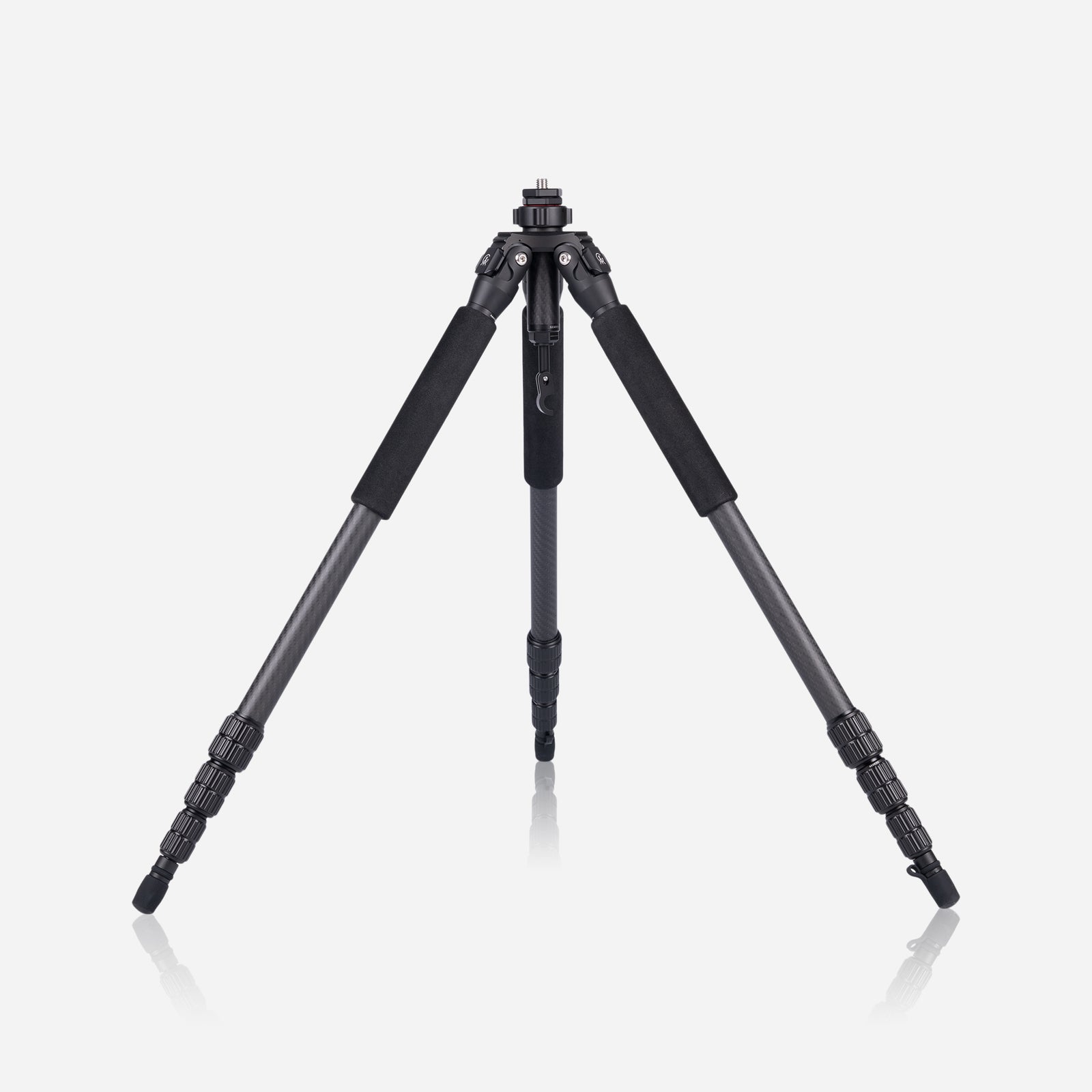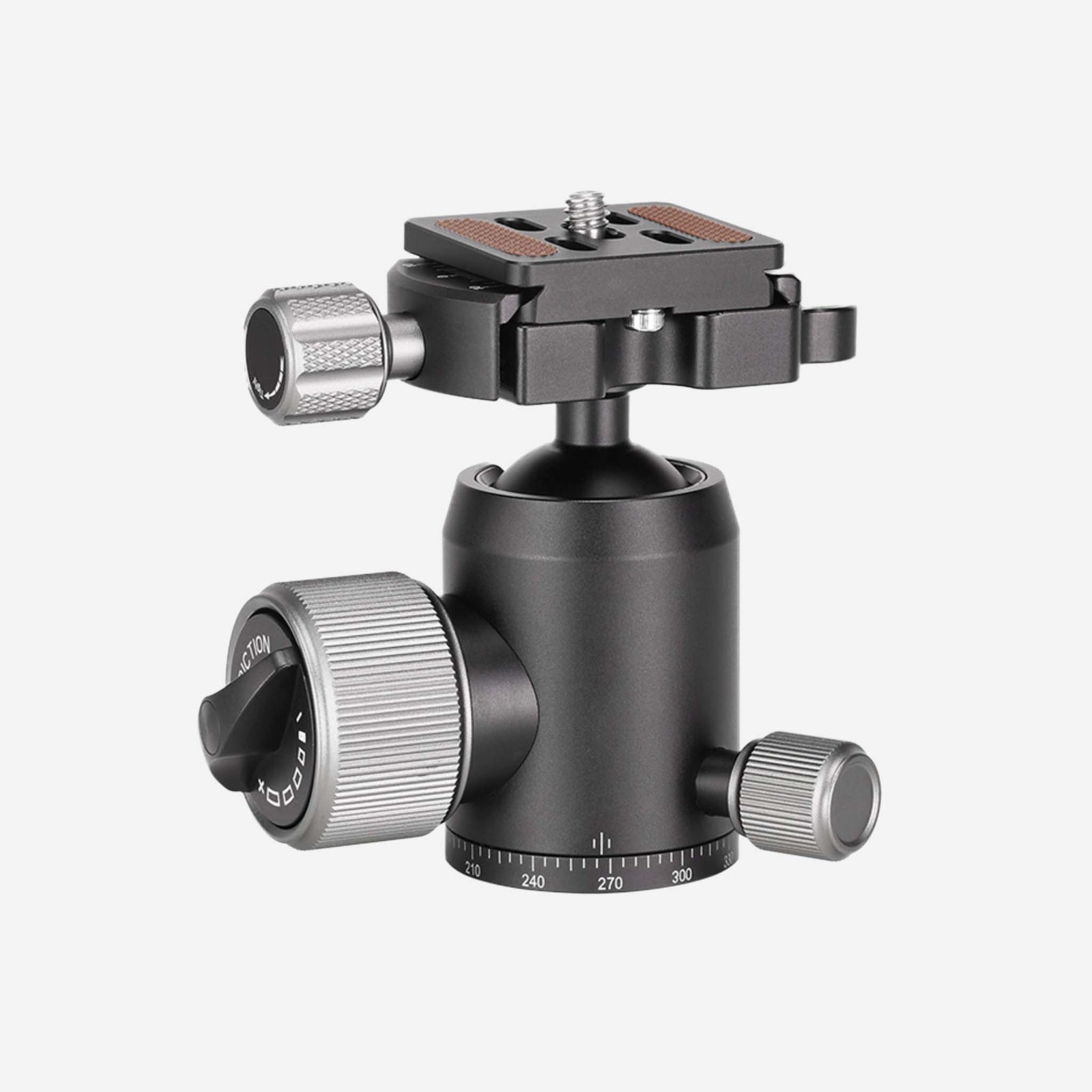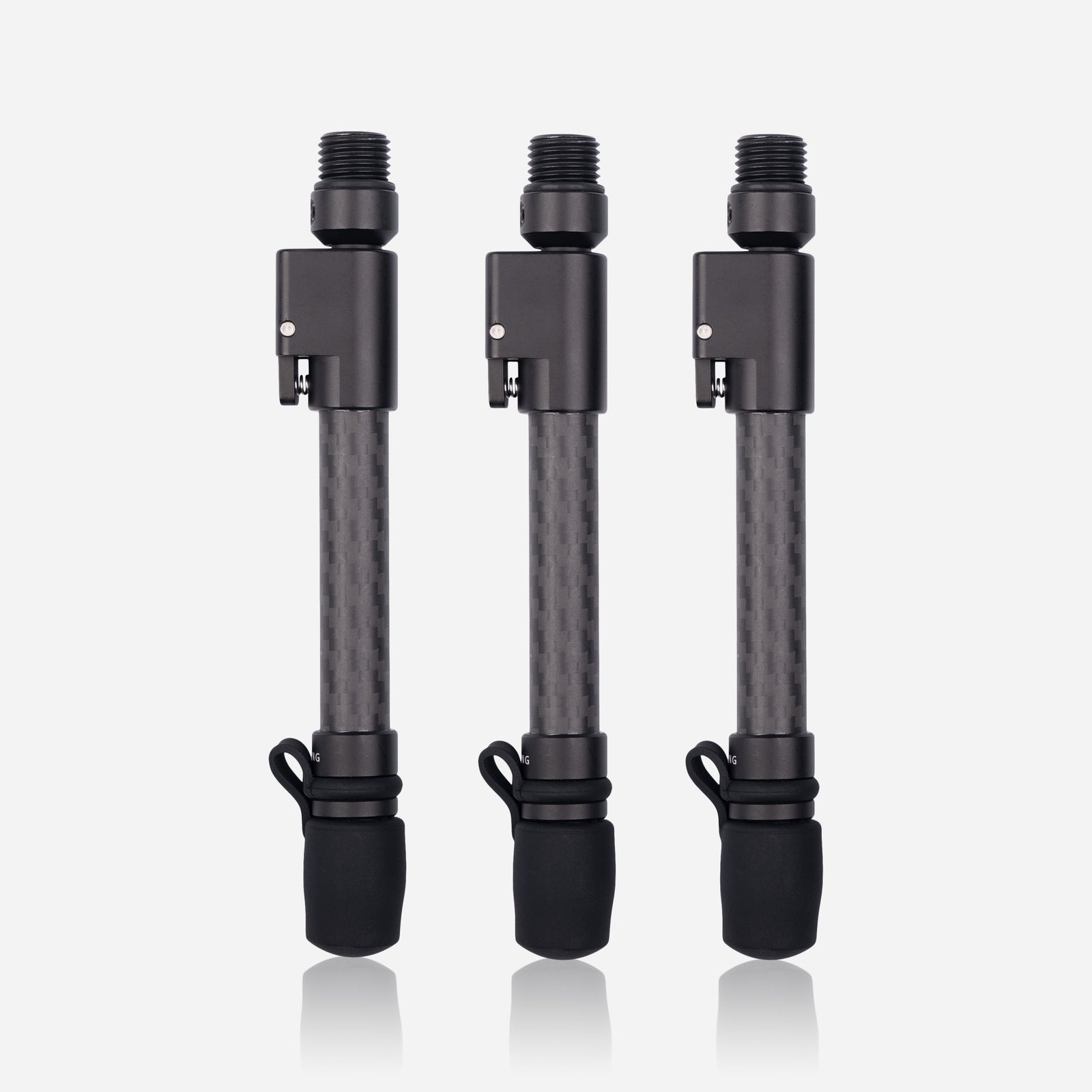Leading lines are a great technique to incorporate into your photography, as they provide a whole new dimension - control. The photographer decides where the viewer will look at the photo through the leading line, highlighting the most important aspect of the image and drastically increasing a photo’s impact on the viewer. This is accomplished through a line or lines that occur in the camera’s field of view which can be natural or man made, and both provide beautiful results.
Photographing artificial lines is more common than their natural counterparts, as there are a lot more of them. Paths, bridges, buildings, roads and benches all provide great leading lines, and their impact on the photo can be altered by the angle that the photographer captures them at. In nature, you can use rivers, sticks, natural pathways and coastlines - all which work well. These are only suggestions of what you might use - make sure you get out there yourself and see what you can find!
Both horizontal and vertical lines work as leading lines. I prefer the look of a vertical line, but you can achieve beautiful horizontal leading lines using bridges in urban photography, or hill lines in landscape photography. A wide angle lens is a great choice for this type of photography, as you will be able to get your leading line across the entire image if you want to, adding much more depth to your photo. Vertical lines draw your eyes up (or down) the image, and are great for sunsets in particular in my opinion. These work really well with roads, benches, paths and skyscrapers, especially when conveying power. For example, a river leading up to a mountain makes it look even more impressive as its magnitude is amplified. Vertical lines are also very impactful in street photography - a road leading to a huge skyscraper can bring the same sense of magnitude as a river and a mountain can in nature.
Curved lines are my favourite leading lines. They work beautifully in both nature and urban settings, but as they create a feeling of movement I prefer to see them in a natural setting, particularly by a body of water. Be it a coastline, the edge of the sand as it reaches the ocean, or along a stream, I think that this fits the curved leading lines best.

To achieve your leading lines, a few things are necessary. Like I said before, you need a super wide angle lens, a 14mm would be perfect if possible. If not, you can still make it work down to about 35mm. As always, a stable footing for your camera is crucial. When photographing leading lines, the images are a lot more dramatic if the line takes up a lot of the foreground, and then dwindles in size as you head towards the main point of the image. If you are capturing a path as the leading line for example, you could put the camera low on your tripod to photograph the path close up. The Gearing tripod has four pitch positions, giving you an incredibly supportive system at a range of heights. The lowest pitch position would work really well for capturing leading lines, especially when coupled with our ball head. It has silky smooth movement and allows for the slightest adjustments.
We hope you found some useful information in this blog post. Leading lines aren’t difficult to capture and are incredibly easy to find, whether you are in the wild outdoors or in an urban setting. The more you practice the better your images will be!




